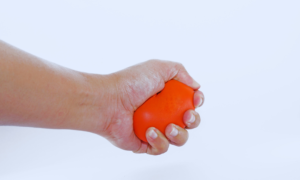
Goals of occupational therapy
The goals of occupational therapy are to discover the fundamental problems leading to difficulties, such as weak grasp, attention, handwriting skills, visuoperceptual issues, or motor skill deficits. To achieve these goals the occupational therapist works closely with the child and the parents. The objective is to make the child as independent as possible in areas where they struggle by improving the skills or abilities in desired areas, and increase participation, where required, both at home and the school. Occupational therapy helps children with play, academics, and daily routines, while also boosting their self-worth and sense of accomplishment.
Goals of occupational therapy – Increases self-confidence
Children with learning problems and ADHD are often very defensive or dislike authority due to the experiences of being taunted and not being understood by the people around them. They seldom participate in activities at school and home for that reason. Occupational therapy can do wonders for your child’s confidence and self-concept/self-esteem.

Goals of occupational therapy – Improving motor skills
Motor skills improve significantly after getting occupational therapy. Some techniques that therapist use for improving fine motor skills include trying to pick up things with tweezers, practicing cutting, shaping out with a scissor or using a knife to cut fruit. Similarly, running obstacle courses and catching balls of different sizes may help with gross-motor skills.
Goals of occupational therapy – Self-regulation
For a child with learning disabilities, life can become secluded. They may have difficulties in making and keeping friends. At home, maybe as a result of being compared with a sibling or other children, they may feel distant or lonely. Occupational therapy can assist them in self-regulation and working with their emotional issues. It also helps your child with self-regulation by introducing them to a sensory diet, enabling better sensory regulation. A sensory diet includes activities, games, and tasks that enhance the child’s sensory input and how sensory information is received and dealt with by them.
Occupational therapy is an excellent choice of therapy to make your child more independent and confident. Your child will have the ability to take care of themselves, better their academic performance and self-esteem, increase social participation and improve organisational behaviour.